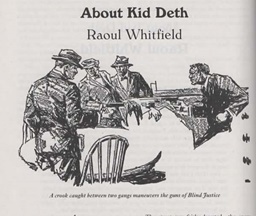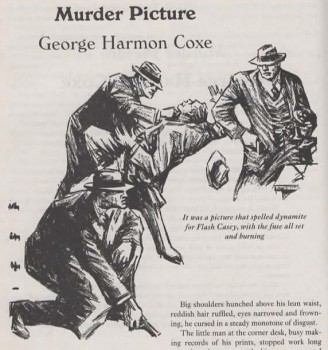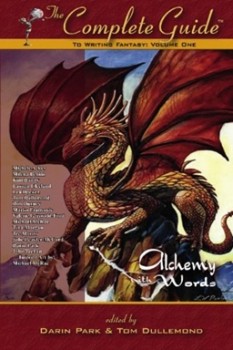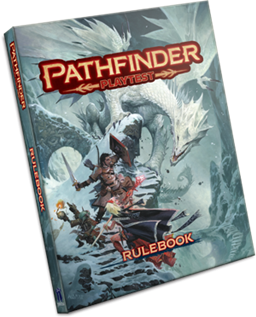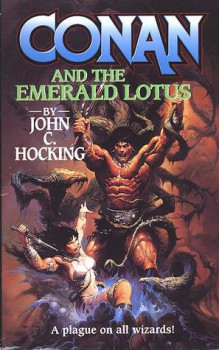With a (Black) Gat: Some Harboiled Anthologies
 (Gat — Prohibition Era term for a gun. Shortened version of Gatling Gun)
(Gat — Prohibition Era term for a gun. Shortened version of Gatling Gun)
There are a lot of anthologies out there that collect old pulp stories and I’m using several for the With a (Black) Gat series. While my hard-boiled collection doesn’t remotely rival my Sherlock Holmes library (or even my Nixon/Watergate, Civil War and Constitutional Convention of 1787 libraries), I’ve managed to amass quite a bit of good reading.
Of course, I have novels and individual short story collections from Black Lizard, Mysterious Press, Hard Case Crime and other imprints, as well as anthologies of stories from just one author. But for this post, I thought I’d talk about a few of the multi-author anthologies I’m drawing on. I’ll do a similar post with a few of the reference books I’m tapping.
The Black Lizard Big Book of Pulps
I got the idea for the new column from this book. It’s one of a series of ‘Big Books’ edited by Otto Penzler. We talked about The Big Book of Sherlock Holmes Stories (which, of course, I own) here at Black Gate earlier. It’s a great series for collecting a wide variety of stories in a particular genre. This bad boy has more than 50 stories covering over 1,100 pages, including multiple tales from such pulpsters as Dashiell Hammett, Raymond Chandler, Paul Cain and Roger Torrey.
I like the interior artwork, which includes original illustrations from Black Mask, Dime Detective and Detective Fiction Weekly. I try to include at least one piece in each With a (Black) Gat post.
You can go to the book’s Amazon page and ‘Look Inside’ to see the Table of Contents. Quite frankly, I can’t imagine any pulp fan not finding this anthology to be an excellent buy. And if you were just starting out, this is probably my very first recommendation. It’s a fantastic collection and I’ll be talking about quite a few of the stories in With a (Black) Gat.
…
